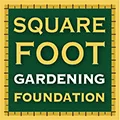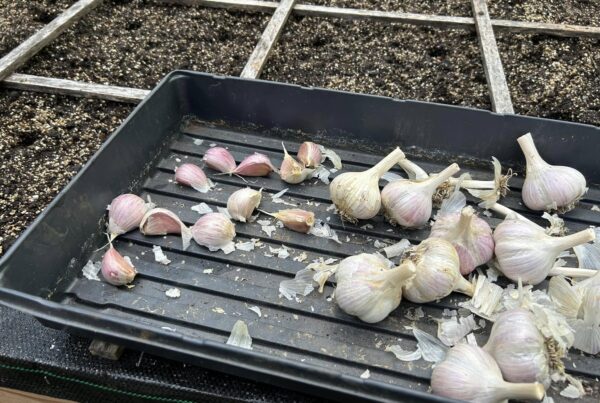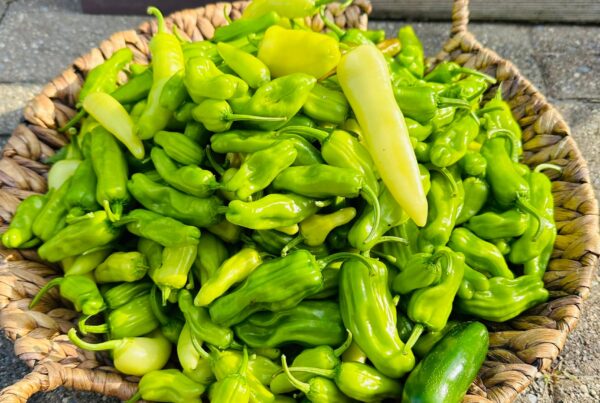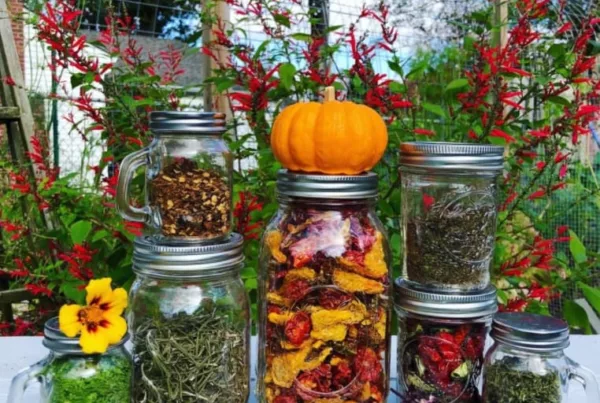Written by Kristina Hicks-Hamblin
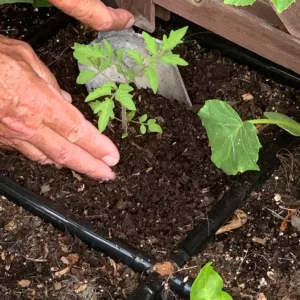 You may have heard people saying that growing one’s own food is therapeutic – but what exactly does that mean?
You may have heard people saying that growing one’s own food is therapeutic – but what exactly does that mean?
Let’s dig into the science on gardening for mental health and see what it says!
The Science on Gardening for Mental Health
Those of us who already cultivate plants know the perceived benefits we feel from this hobby. Whether we’re busy in our Square Foot Gardens or are altering our landscapes to provide food and habitat for pollinators and other wildlife, being outdoors clears the head and invigorates the body!
But many researchers have sought to test whether these results are measurable. Here are some interesting findings from peer reviewed journals:
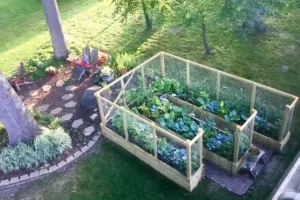
Spending time outdoors is beneficial, both physically and mentally.
While in general, time spent outdoors in green spaces is correlated with improved psychological wellness, there is a particular value to cultivating food.
One study carried out in the Twin Cities region of Minnesota from 2016 to 2017 found that emotional well-being increased even more in those who grew vegetables compared to those who were planting just ornamentals.
Cultivating veggies doesn’t just give your baseline a boost though. It also helps in times of stress.
A study conducted in Italy at the start of the COVID-19 pandemic found that time tending a veggie patch alleviated the psychological distress of being in lockdown conditions.
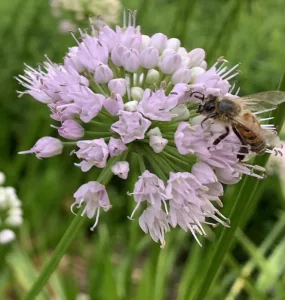
Nature interactions in green spaces are healing.
The authors of that study found that this hobby “allows for the effect of nature to be combined with the anti-stress effect of physical exercise.”
Finally, if improved emotional well-being and stress alleviation weren’t enough, there’s also a healing effect to be found in the act of tending to plants, and in Northern Europe “Green Care Farms” are used as part of mental health treatment.
But even as far back as the early 1800s in the US, one of the signers of the Declaration of Independence noted that “digging in a garden” made it more likely for psychiatric patients to recover.
And we’re not even scratching the surface of the fascinating connection between soil-microbes and psychiatric health!
Kids Benefit from Gardening Therapy Too
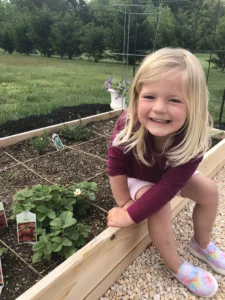
Young kids enjoy the tactile experiences of growing vegetables.
People of all ages benefit from the therapeutic benefits of growing food – kids as well.
Younger generations who are overly reliant on harmful screen technology can learn to connect to the real world through cultivating food.
Exposing children from a young age to the joys of planting seeds, putting their fingers in soil, and growing vegetables can pave the way for a lifetime of healthy habits and reaping the benefits of a food growing hobby.
And older kids who are struggling to find their place in the world can get a big boost in self-confidence by growing food, especially the easy and visually-oriented Method of Square Foot Gardening.
Plus, in addition to improved psychological wellness, cultivating their own food helps older kids make healthier decisions about what they eat.
Why Square Foot Gardening is Great Therapy
In the end though, we practitioners of this hobby don’t need scientific studies to tell us about the therapeutic benefits of raising vegetables. We already feel it!
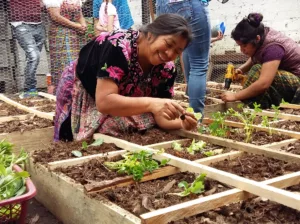
SFG easily fills those who try it with a sense of pride.
For those new to growing food, SFG is a particularly great way to get started.
The SFG Method is easy to understand, with clear guidelines as to how many plants to grow per square foot, and there is less time weeding and digging, so frustration levels are lower.
And since SFG takes up less space than row based methods, SFG raised beds can be easily accommodated both at homes with small yards, as well as at businesses, or in public spaces like schools, prisons, hospitals, and churches.
Ready to start reaping the therapeutic benefits of growing your own food?
